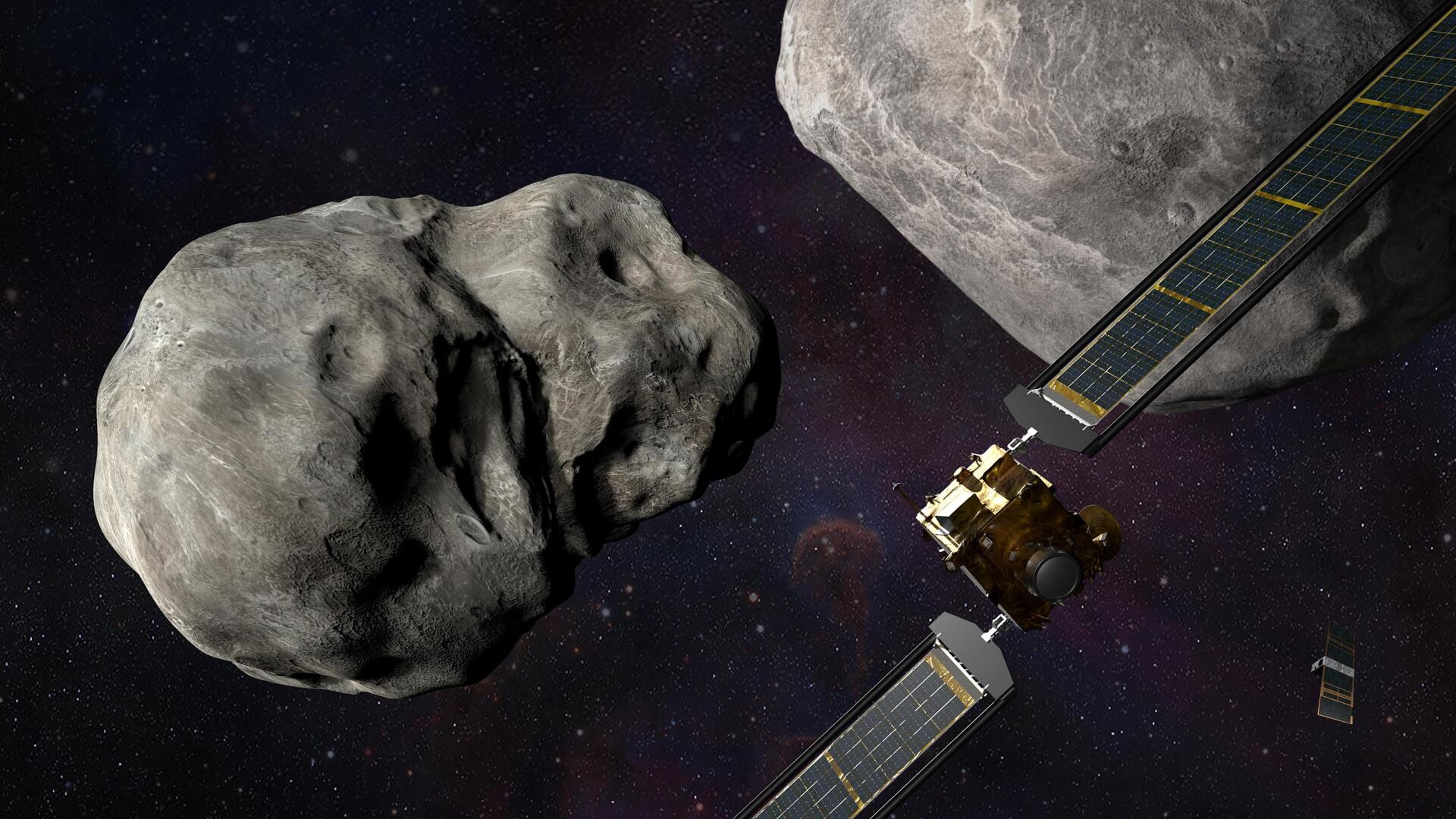
NASA's Hubble captures space rocks dislodged due to DART mission
What's the story
Using the Hubble Space Telescope, scientists have more interesting findings on the DART mission that happened in September 2022. As part of that test, NASA intentionally rammed the DART (Double Asteroid Redirection Test) spacecraft into an asteroid called Dimorphos. From Hubble's observations, scientists have now found a "swarm of boulders" that flung away from the asteroid into space as a result of the collision.
Context
Why does this story matter?
The DART mission was the first-ever planetary defense test. It was the first time we attempted to purposefully alter the motion of a celestial object. Via that mission, NASA successfully demonstrated that it could deflect asteroids by "kinetic impact." This would be helpful in the future, to evade looming asteroids that are headed to collide with our planet.
DART
A quick look at what the DART mission was about
On September 26, NASA crashed the half-ton DART spacecraft into the asteroid Dimorphos at approximately 22,530km/hr. That test was a resounding success. The impact of the collision altered the orbital path of Dimorphos around its larger parent asteroid called Didymos. As a result, the orbital time of the Dimorphos around its parent asteroid was shortened by 32 mins.
Hubble
The dislodged boulders measured 3 to 22 feet wide
Now, using Hubble, the team has detected 37 boulders, ranging from three feet to 22 feet wide, that were dislodged from Dimorphos after the DART collision. These knocked-out boulders are not parts of the asteroid that got shattered due to the collision impact. These rocks were actually lying scattered on the asteroid's surface and upon collision, they were flung into space.
Theory
Seismic waves resulting from impact could have displaced the boulders
In fact, a picture taken by the DART spacecraft before it crashed into the asteroid shows several small rocks and boulders dispersed across the asteroid. As explained by NASA, the boulders could have been knocked off from the asteroid's surface due to what's called an ejecta plume produced by the DART collision, or a seismic wave that shook them off.
Information
The detected boulders make up 0.1% of Dimorphos's mass
These displaced space rocks were found to be slowly floating away from Dimorphos, at a speed more than 0.8km/h, comparable to the walking speed of a giant tortoise. The mass of the ejected boulders is about 0.1% of the mass of Dimorphos.
Official words
Boulders are among faintest things imaged in our solar system
"This tells us for the first time what happens when you hit an asteroid and see material coming out up to the largest sizes," said David Jewitt, a planetary scientist at the University of California at Los Angeles who is involved in the DART impact studies. "The boulders are some of the faintest things ever imaged inside our solar system."
Impact
Hubble helped estimate size of impact crater caused by DART
The DART collision is estimated to have dislodged two percent of the boulders on the asteroid's surface. Hubble also helped the team understand the size of the impact crater left behind when DART rammed into the asteroid. "The boulders could have been excavated from a circle of about 160 feet across (the width of a football field) on the surface of Dimorphos," said Jewitt.
Information
Scientists intend to perform further investigations using ESA's Hera mission
Scientists will have an opportunity to further study what happened after the DART collision via ESA's (European Space Agency) upcoming mission, Hera. The boulders are expected to still be dispersing from the asteroid when the Hera spacecraft reaches its target destination, sometime in late 2026.